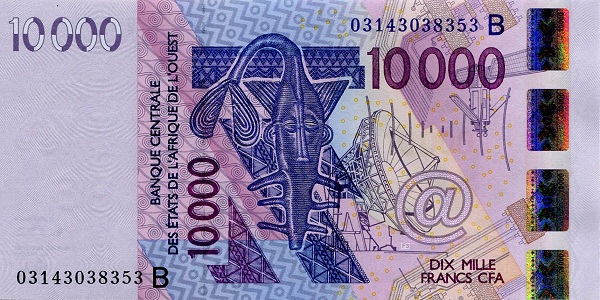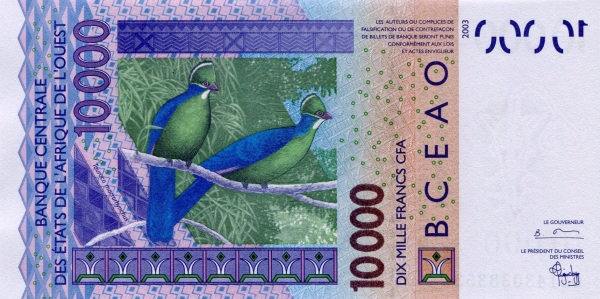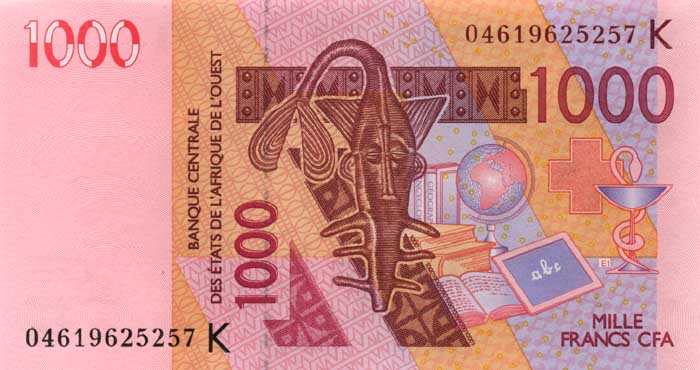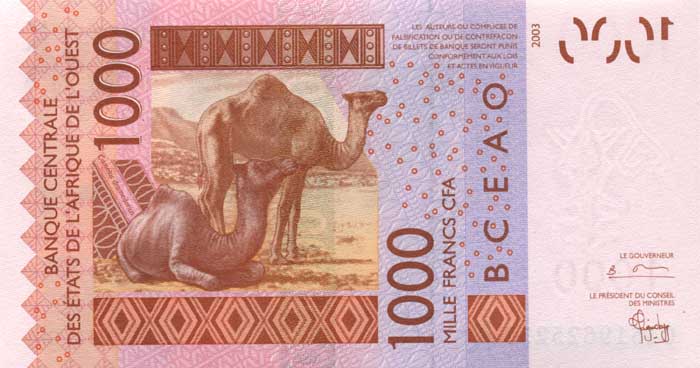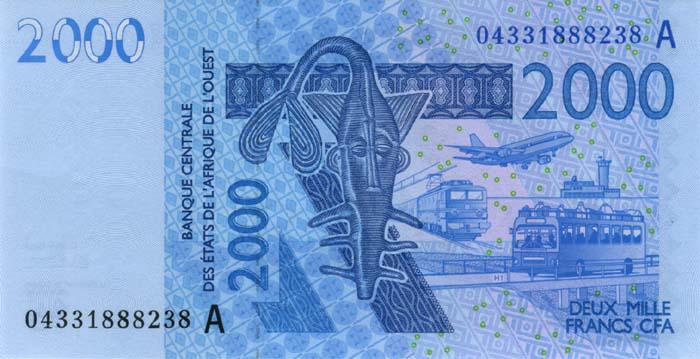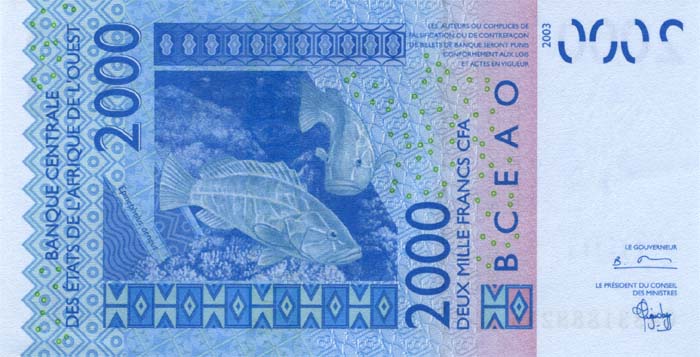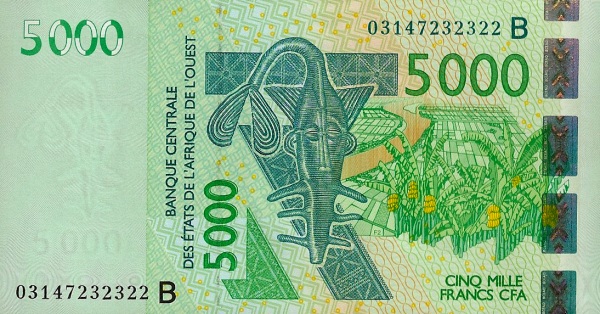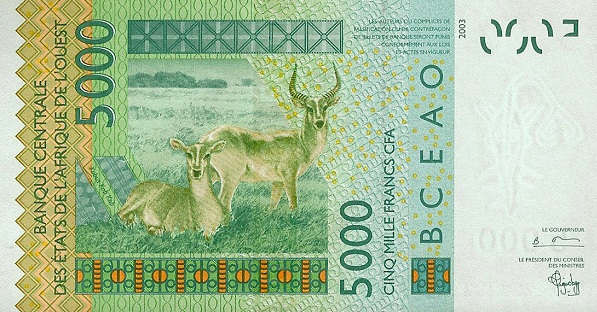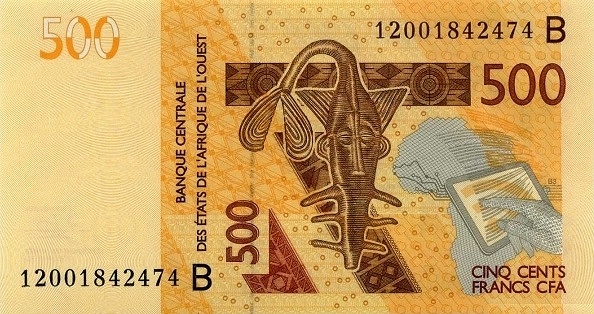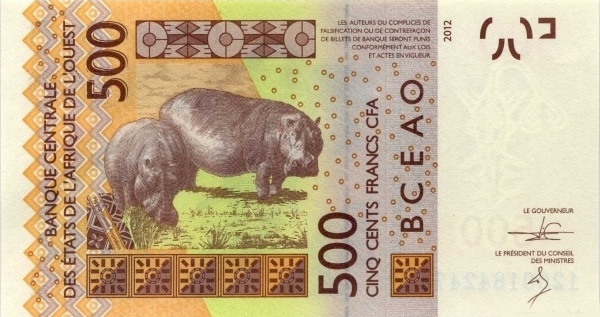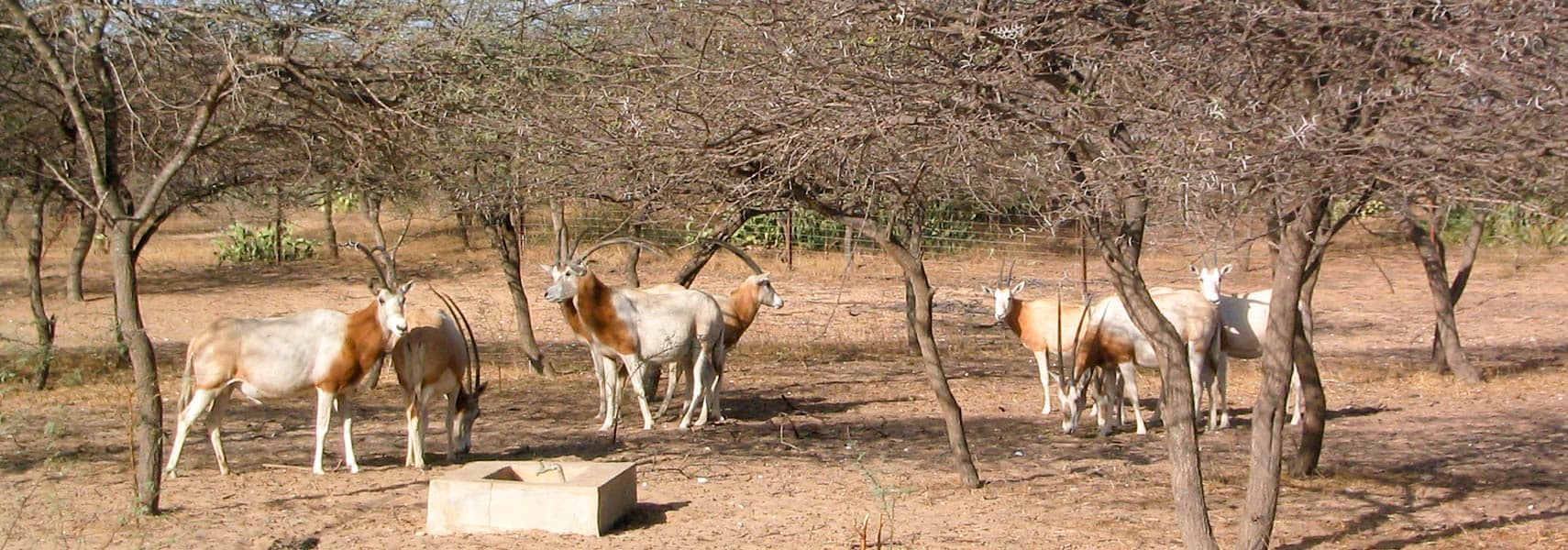Discover the Beauty of Senegal
Senegal, a captivating country located on the western coast of Africa, stands out for its rich culture and stunning landscapes. Bordered by the North Atlantic Ocean to the west, Senegal shares land borders with several nations, including Mauritania to the north and Mali to the east. Furthermore, the South features Guinea and Guinea-Bissau, while it encompasses The Gambia, a narrow country straddling both banks of the Gambia River. Maritime borders also extend to the picturesque island nation of Cape Verde.
Geographic and Climatic Diversity
Spanning approximately 196,722 km², Senegal covers an area about one and a half times larger than Greece, yet it is slightly smaller than South Dakota, a state in the U.S. This diverse landscape falls within three distinct climatic zones. The northern region experiences a hot desert climate, while the central area exhibits semi-arid conditions. Finally, to the south, a lush tropical savanna flourishes, providing a stark contrast to the harsher climates found elsewhere in the country. Each zone contributes uniquely to Senegal's vast ecological tapestry.
Population and Language
As of 2016, Senegal boasts a population of around 14.8 million people, with Dakar serving as the vibrant capital and largest city. The official language is French, reflecting the country’s historical ties to France. Alongside French, numerous local languages thrive, prominently featuring Wolof, Pulaar, and Serer. This multilingual society enhances Senegal's cultural richness and fosters communication among its diverse ethnic groups.
A Glimpse into Senegal's History
A Journey Through Time
Senegal's history is both intriguing and complex. The country gained independence from France on April 4, 1960, marking a significant milestone in its quest for self-determination. A year later, Senegal attempted to unite with The Gambia, leading to the formation of the short-lived confederation known as Senegambia in 1982. Unfortunately, the integration plans never fully materialized, resulting in the dissolution of this union in 1989. Despite facing challenges, notably clashes with a southern separatist group since the early 1980s, Senegal continues to uphold a legacy of international peacekeeping participation.
Government and Political Structure
Senegal operates as a republic, emphasizing democratic governance and public participation in political processes. The government prioritizes stability and development, positioning the nation favorably in a region often marked by political turmoil. The leadership actively engages in fostering national unity, further enhancing Senegal's reputation as a peaceful and democratic society.
Explore the Multicultural Fabric of Senegal
The Senegalese people’s cultural identity encompasses a mosaic of ethnic groups, with the Wolof making up approximately 43% of the population. Furthermore, Pular (Fulani, Peulh) and Toucouleur comprise around 23%, while Serer represents 15%. Other ethnic minorities, such as the Diola (Jola), Mandingo, and Soninke, add depth to the nation’s cultural landscape. This vibrant mixture of cultures converges into a rich tapestry of traditions, languages, and customs.
Religious Diversity
Religion plays a significant role in the everyday lives of the Senegalese. Approximately 95% of the population identifies as Muslim, practicing Islam with a profound sense of community and unity. Additionally, about 4% of the population adheres to Christianity, while 1% practices traditional beliefs. This coexistence of faiths fosters a spirit of tolerance and respect within Senegal, creating a harmonious social fabric.
A Land of Resources
Senegal is endowed with a wealth of natural resources, enhancing its economic prospects. The nation primarily relies on fishing, peanuts, phosphates, iron ore, gold, and titanium, all of which contribute significantly to its GDP. Agriculture forms the backbone of the economy, with major products including peanuts, millet, corn, and rice. Additionally, livestock farming sees the production of cattle, poultry, and pigs, all vital to the local diet and economy.
Industrial Advancements
In recent years, Senegal has seen considerable economic growth, driven by various industries. The agricultural and fish processing sectors form the core of its economy, while phosphate mining and fertilizer production contribute to agricultural sustainability. Moreover, the petroleum refining and construction materials industries show promise, offering significant employment opportunities for the Senegalese people.
Trade and Economic Relations
Senegal actively participates in trade, with notable exports such as fish, groundnuts (peanuts), petroleum products, phosphates, and cotton. Mali, Switzerland, India, Côte d'Ivoire, and China rank among its significant export partners. This economic interdependence allows Senegal to maintain crucial relationships with neighboring countries and beyond. Additionally, imports primarily include food and beverages, capital goods, and fuels, reflecting the country's diverse market needs.
Conclusion: The Allure of Senegal
In summary, Senegal's rich cultural heritage and natural beauty make it a remarkable destination in West Africa. From its stunning landscapes and climate diversity to the warmth of its people, Senegal captivates the hearts of all who visit. Embracing a blend of historic significance and modern aspirations, Senegal stands as a beacon of hope and progress in the region. Truly, a journey to Senegal promises to be an unforgettable experience.
Largest cities of: Senegal
| City Name | Population | Year of foundation | |
| Dakar | 1,145,052 | 1857 | |
| Touba | 529,000 | 1888 | |
| Pikine | 450,000 | 1960 | |
| Thiès | 350,000 | 1880 | |
| Saint-Louis | 200,000 | 1659 | |
| Kaolack | 175,000 | 1776 | |
| Ziguinchor | 145,000 | 1645 | |
| Mbour | 120,000 | 1960 |
Senegal: Money
